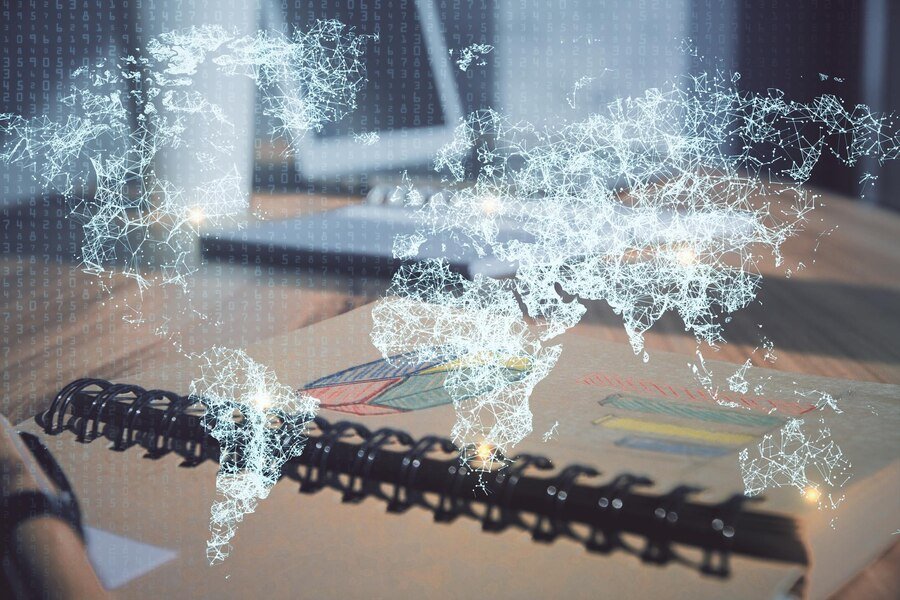Mugshots are photographs taken by law enforcement agencies during the booking process of individuals arrested for a crime. These images serve several important purposes in the criminal justice system, from aiding in identification to playing a role in the public’s understanding of crime. This article will explore the origins, functions, and implications of mugshots, shedding light on their significance in contemporary society.
The History of Mugshots
The concept of mugshots dates back to the mid-19th century, coinciding with the development of photography as a medium. Early mugshots were part of a broader effort to standardize the identification of criminals.
Early Practices
- Alphonse Bertillon’s System: In 1888, French police officer Alphonse Bertillon developed a system known as anthropometry, which involved measuring various physical dimensions of individuals. However, this system proved to be unreliable. Eventually, law enforcement agencies began incorporating photography, leading to the birth of the mugshot as we know it today.
- Standardization of Images: The introduction of mugshots provided a visual reference for law enforcement. This standardization allowed for easier recognition of repeat offenders and improved the accuracy of identifications during investigations.
The Purpose of Mugshots
Mugshots serve multiple functions within the criminal justice system. Understanding these purposes is essential to grasp their significance in law enforcement and society.
Identification of Criminals
One of the primary purposes of mugshots is to assist law enforcement in identifying suspects and criminals.
- Visual Reference: Mugshots provide a visual record of individuals arrested, making it easier for police officers to recognize suspects in the field. This visual reference can expedite investigations and enhance the overall efficiency of law enforcement.
- Preventing Mistaken Identity: By maintaining a comprehensive database of mugshots, law enforcement agencies can reduce the chances of mistaken identity in criminal cases. This is especially important in jurisdictions where individuals may share similar names or physical characteristics.
Public Awareness
Mugshots play a crucial role in informing the public about crime and law enforcement activities.
- Crime Reports: Many police departments publish mugshots as part of their crime reports or press releases. This transparency helps keep the community informed about criminal activities in their area.
- Deterrence Effect: The publication of mugshots can serve as a deterrent to potential criminals. Knowing that their images may be publicly available can discourage individuals from engaging in illegal activities.
The Controversy Surrounding Mugshots
While mugshots serve important purposes, their use is not without controversy. Various ethical, legal, and societal issues arise from the public accessibility of these images.
Privacy Concerns
- Stigmatization: Individuals whose mugshots are published may face significant stigmatization, even if they are ultimately found innocent or if charges are dropped. The mere presence of a mugshot online can lead to social ostracization, impacting employment opportunities and personal relationships.
- Long-Term Consequences: Mugshots often remain accessible online for years, potentially affecting individuals long after their legal issues are resolved. The permanence of these images raises questions about privacy rights and the right to move on from past mistakes.
Exploitation of Mugshots
- Mugshot Websites: In recent years, numerous websites have emerged that collect and publish mugshots, often charging individuals for their removal. This practice has raised concerns about exploitation and extortion, as many individuals are forced to pay to protect their reputations.
- Legislation Against Mugshot Exploitation: Some states have begun enacting legislation to combat the unethical practices of mugshot websites. These laws aim to protect individuals’ rights and limit the financial burden imposed by such platforms.
The Legal Framework Surrounding Mugshots
The legal landscape surrounding mugshots is complex, involving considerations of public records, privacy rights, and freedom of information.
Public Records Laws
- Accessibility of Mugshots: In many jurisdictions, mugshots are considered public records. This means that law enforcement agencies are required to release them upon request. However, the extent of access may vary depending on local laws and regulations.
- Impact of Public Access: While public access to mugshots promotes transparency, it also raises concerns about the potential misuse of these images. Balancing the public’s right to know with individuals’ rights to privacy remains a contentious issue.
Freedom of Information Act (FOIA)
- Requesting Mugshots: The Freedom of Information Act allows individuals to request access to federal agency records, including mugshots. State-level FOIA laws also exist, providing similar access to state and local records.
- Limitations and Exemptions: While FOIA promotes transparency, certain exemptions may apply to protect sensitive information. For instance, mugshots may not be released if they pertain to ongoing investigations or if releasing them would compromise an individual’s safety.
The Role of Technology in Mugshots
Advancements in technology have transformed how mugshots are captured, stored, and disseminated.
Digital Photography
- High-Quality Images: Modern digital cameras provide high-resolution images, enhancing the clarity and detail of mugshots. This technology allows for better identification and comparison in investigations.
- Storage and Retrieval: Digital systems enable law enforcement agencies to store and retrieve mugshots efficiently. Centralized databases allow for quick searches and easy access to images, streamlining the identification process.
Online Sharing and Social Media
- Rapid Dissemination: The rise of social media and online news platforms has led to the rapid dissemination of mugshots. This immediacy can create a double-edged sword, as it raises awareness but can also contribute to public shaming.
- Viral Trends: Mugshots can quickly go viral, amplifying the consequences for individuals involved. This phenomenon highlights the power of social media in shaping public perception and raising ethical concerns.
Alternatives to Mugshots

As discussions about the ethical implications of mugshots continue, some law enforcement agencies are exploring alternatives.
Identifying Information without Mugshots
- Use of Descriptions: Some agencies are considering using descriptive information about suspects instead of photographs. This approach may mitigate privacy concerns while still allowing for effective identification.
- Anonymized Reporting: Providing information about crimes without revealing the identity of individuals involved could promote public awareness without stigmatizing those who may be innocent.
Conclusion
Mugshots have become an integral part of the criminal justice system, serving essential purposes in identification, public awareness, and transparency. However, their usage is not without controversy, raising important questions about privacy, exploitation, and the ethical implications of public access to these images.
As technology continues to evolve and societal attitudes toward crime and punishment shift, the future of mugshots may change. Balancing the needs of law enforcement with the rights of individuals will be critical in shaping the next chapter of this ongoing debate. By fostering informed discussions and exploring alternatives, society can work toward a fairer and more just approach to criminal justice that respects the dignity of all individuals.











